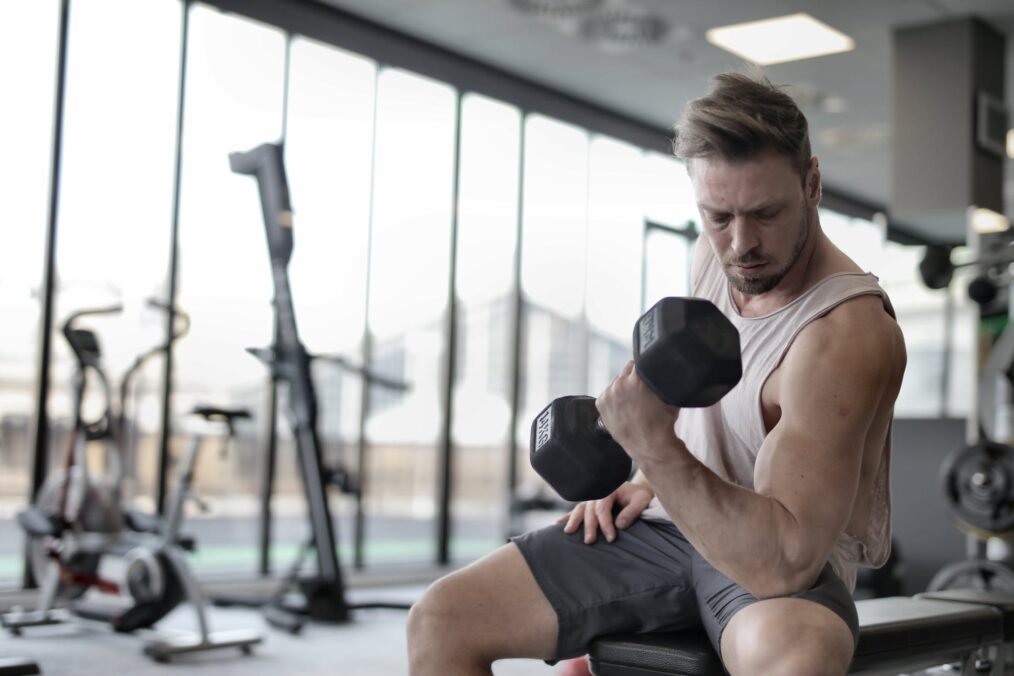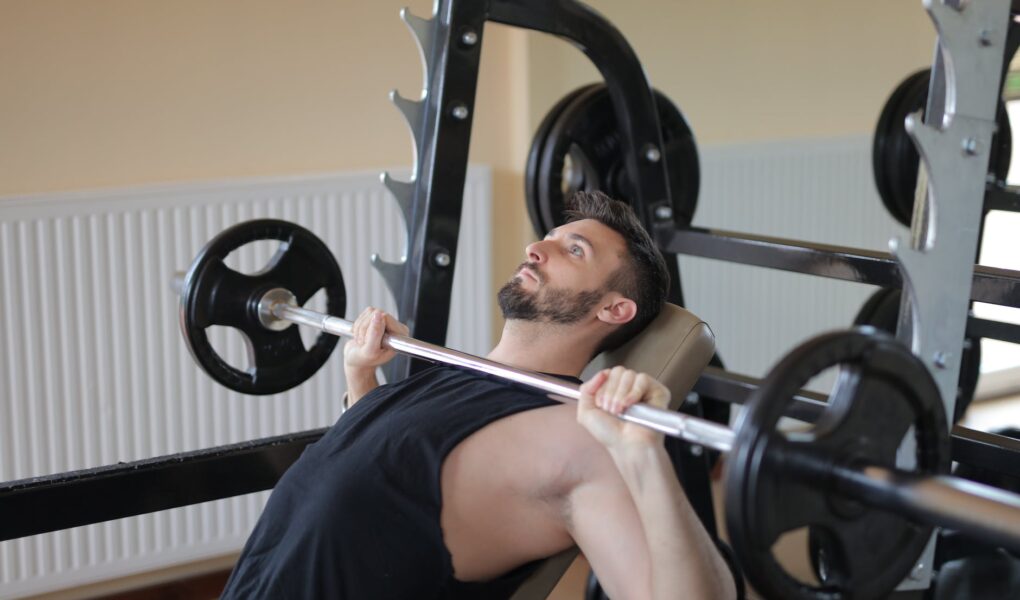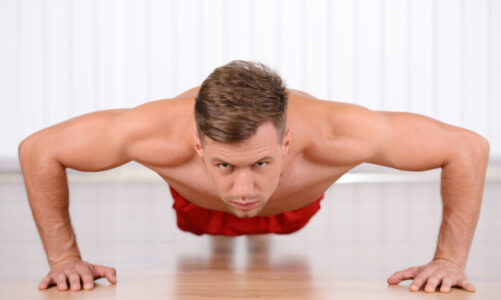I’m often asked by both beginners and intermediate experienced weightlifters alike, how many days a week should I work out? How long should I work out?
What are the best exercises to do? All questions you’re probably asking if you’re just starting out in the bodybuilding world, or have been in it for several months, but aren’t seeing the results you thought you would.
There’s a ton of information out there, which can be overwhelming, but read on and I’ll try and help.
If you haven’t already done so, and you’re brand new to working out, be sure to check with your physician, have him do an annual physical, and make sure there are no hidden factors that could cause problems down the road.
If you’re returning to the gym after several years of being a stranger there, or have never weight trained, this information is for you equally.
My number one caveat with beginners is to not push too hard or workout too often. You’re not going to get any bigger any quicker by overworking your body.
I love to see enthusiasm in a beginner, but over-training an out-of-shape body is a pathway to injury. Three 45-minute weight-training sessions a week is optimal for the average enthusiast.
If your gym is like mine, it will be filled with muscle heads who have been working out for years.
Don’t be tempted to mimic their routines. As a newbie, your muscles are going to respond much better to moderate amounts of stress, not extreme.
A beginner will see rapid responses to weight training, especially if the body is not used to it. I can guarantee you’ll see as much results in strength and muscle quality in the first couple of months, as most lifters who’ve been at it awhile, see in a year or two. I hate to tell you, but when you’ve been a regular in the gym for years, gains come in much smaller increments.
Here’s a routine I recommend: All exercises completed with dumbbells appropriate to your level of strength.
- Complete 3 sets of each exercise starting with 10 reps at ½ max weight, 8 reps at ¾ max weight, and 6 reps at max weight.
- Day 1: Chest (Bench Press), Shoulders (Standing Press), & Triceps (Tri Machine)
- Day 2: Rest or Cardio (25 – 45 min)
- Day 3: Legs (Leg Press Machine or squats), Back (Lat pull downs), & Abs (Crunches)
- Day 4: Rest or Cardio (25 – 45 min)
- Day 5: Back (Rowing machine), Traps (Shrugs), & Biceps (Standing Hammer Curls)
- Day 6: Rest or Cardio (25 – 45 min)
- Day 7: Rest

For more information about the health benefits of a rowing machine, visit here.
On Rest Days 2, 4 & 6 cardiovascular activity is strictly optional, but I’ve always found it keeps my muscles nice and loose by doing it.
This can be anything from getting out riding your bike, getting on a treadmill, going for a hike, you get the picture. I try and incorporate as many natural, outdoor activities for my cardio, but that’s just met. And if you’re a beginner, check this site for beginner hiking tips.
Sports can also be incorporated as your cardio. The one thing I like about adding the cardio portion is it will keep you healthier and promotes fat loss quicker combined with your weight workouts.
If you’re new to the world of bodybuilding, these bodybuilding and workout tips should get you started out on the right foot.
Last but not least, it is important to remember that successful bodybuilding involves eating the right diet and taking the proper muscle building supplements for maximum results.
After every weightlifting day, I use Power Crunch Vanilla Crème Proto Whey Protein Powderas I think it tastes the best and I feel like it really helps feed the muscles I’ve just torn down.
I’ve also been a long time user of the Power Crunch Original French Vanilla Crème Protein Bars, okay I’m a sucker for vanilla, and always keep several of those in my hiking pack as they not only taste delicious but also give me a nice little pick me up whenever I’ve got another steep hill to make my way up.




